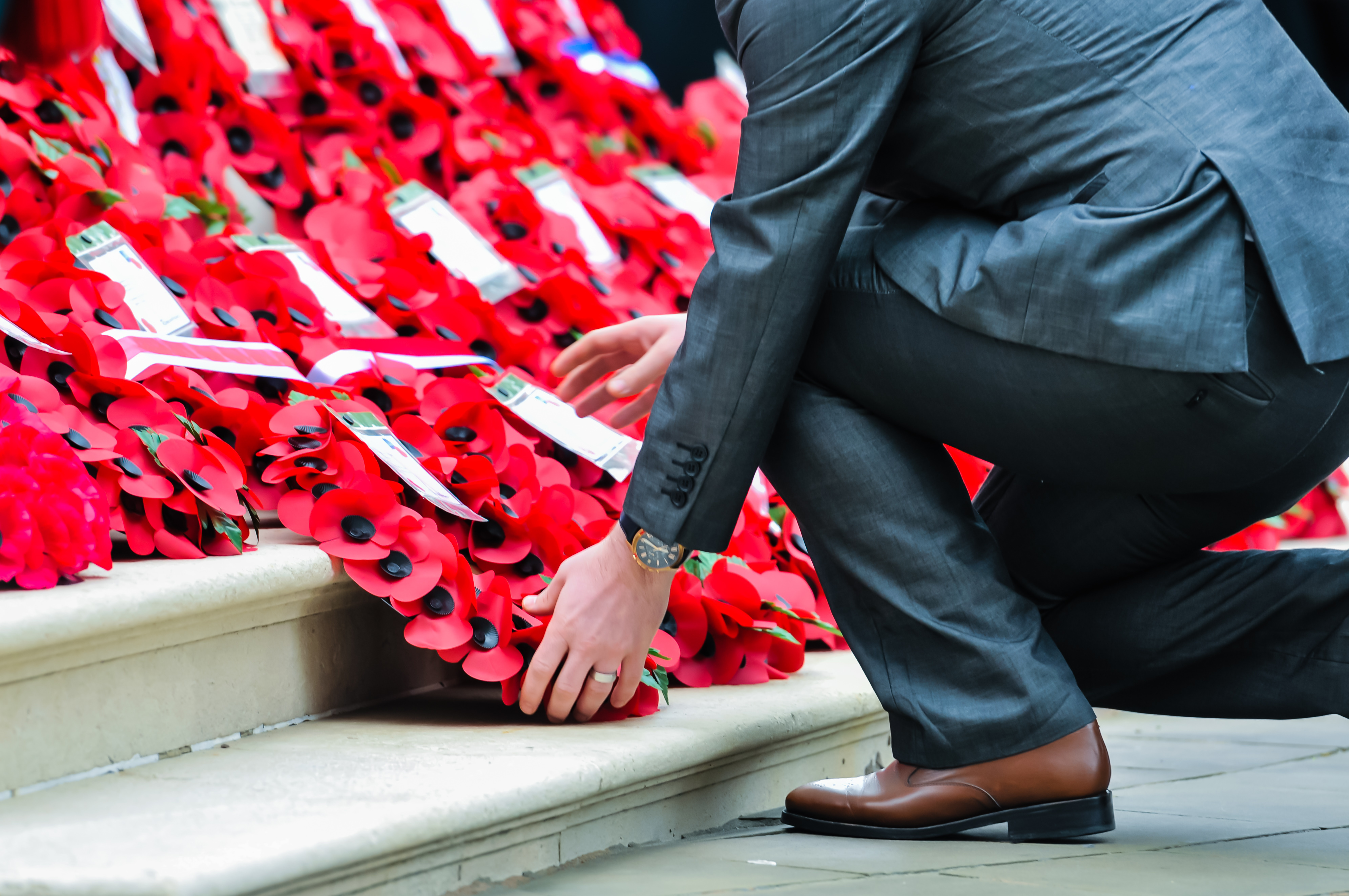By Natalie Hartley
The National Service of Remembrance was led by King Charles at the Cenotaph.
The Cenotaph is a memorial to those who died during World War One. It was designed by Edwin Lutyens in 1919 as a temporary monument, but was replaced in 1920 with a permanent monument. His design purposefully does not have any religious symbolism and is absent of any symbols that represent victory and triumph. The words, ‘the glorious dead’ are carved into it.
This service began in the 1920s, shortly after World War One ended in 1918 on the eleventh of November at 11:00 am. At 5:00am that morning, the armistice had been agreed upon and word was sent to Allied commanders by Marshal Foch that ‘Hostilities [would] be stopped on the entire front beginning at 11 o’clock, November 11th.’
The service remembers and honours contributions made by soldiers and other people who aided in World Wars One and Two. The service is started by the familiar chimes of Big Ben at 11:00am, which begins the two minutes of silence. This silence is ended by a cannon blasting from Horse Guards Parade and then the Last Post being played by a bugler.
There were thousands of army personnel, members of the public and veterans joining the two-minute silence and all watched as a series of wreaths were placed at the foot of the Cenotaph. King Charles laid the first wreath and saluted the Cenotaph on behalf of the UK. Queen Camilla viewed the service from the Balcony of the Foreign Office alongside Catherine, and the second wreath was placed on behalf of the Queen.
The main service was held at the Cenotaph, but other services were held in various places, such as Liverpool, Cardiff, Belfast and Manchester. The Cenotaph was under twenty-four hour police vigilance until the remembrance events had finished.
1,375 officers were deployed during commemoration events in London alone.
The Metropolitan Police said that some of the officers were faced with aggression by counter-protesters near the Cenotaph, but that the two minute silence was observed ‘respectfully’.
After the two minutes of silence, veterans paraded past the Cenotaph, some in their wheelchairs, being pushed by other veterans and others with guide dogs, all with their valiant medals proudly displayed.
